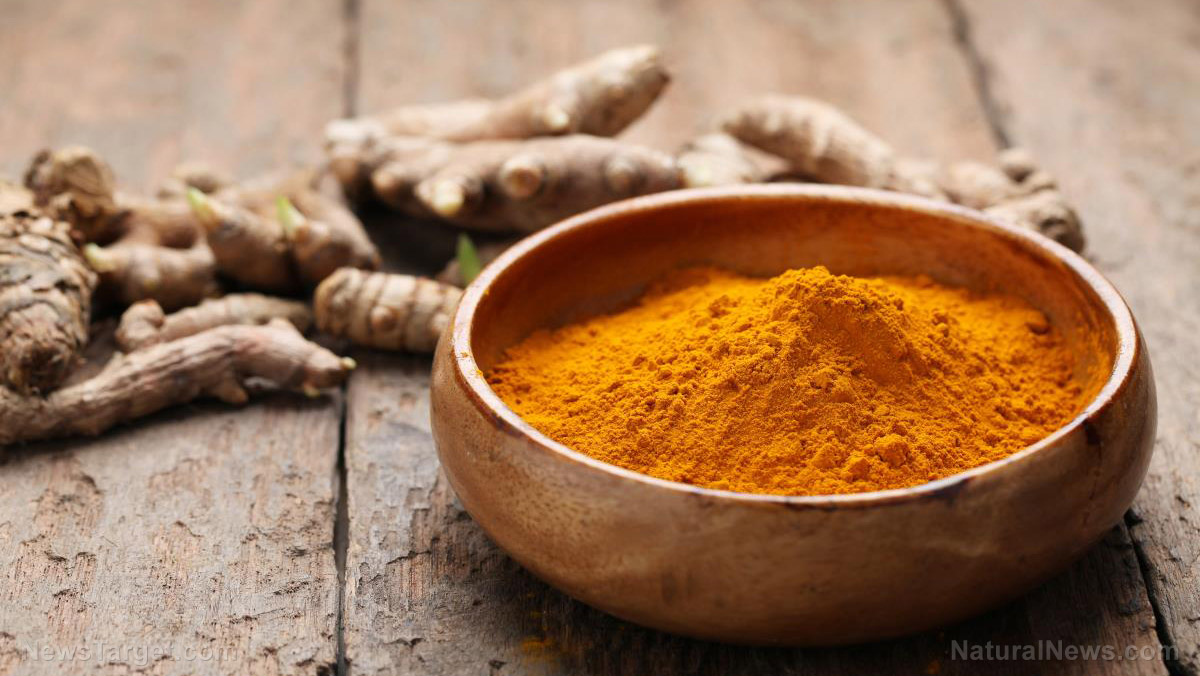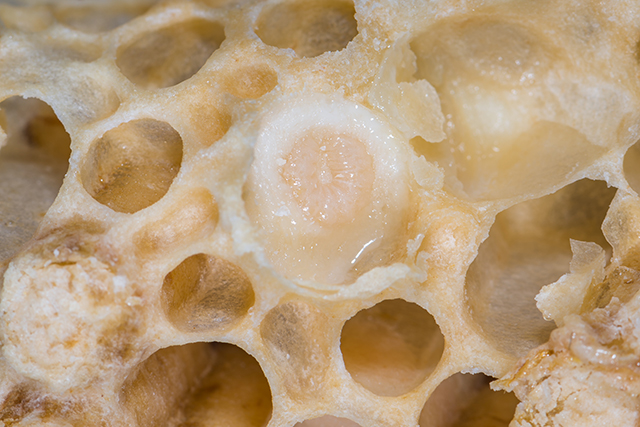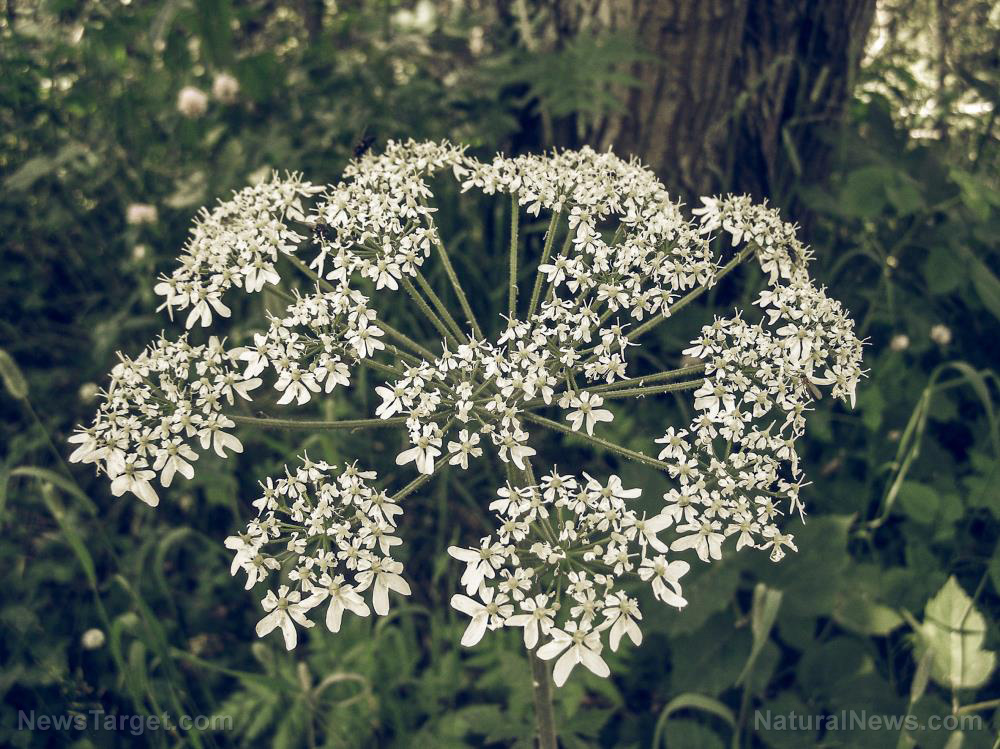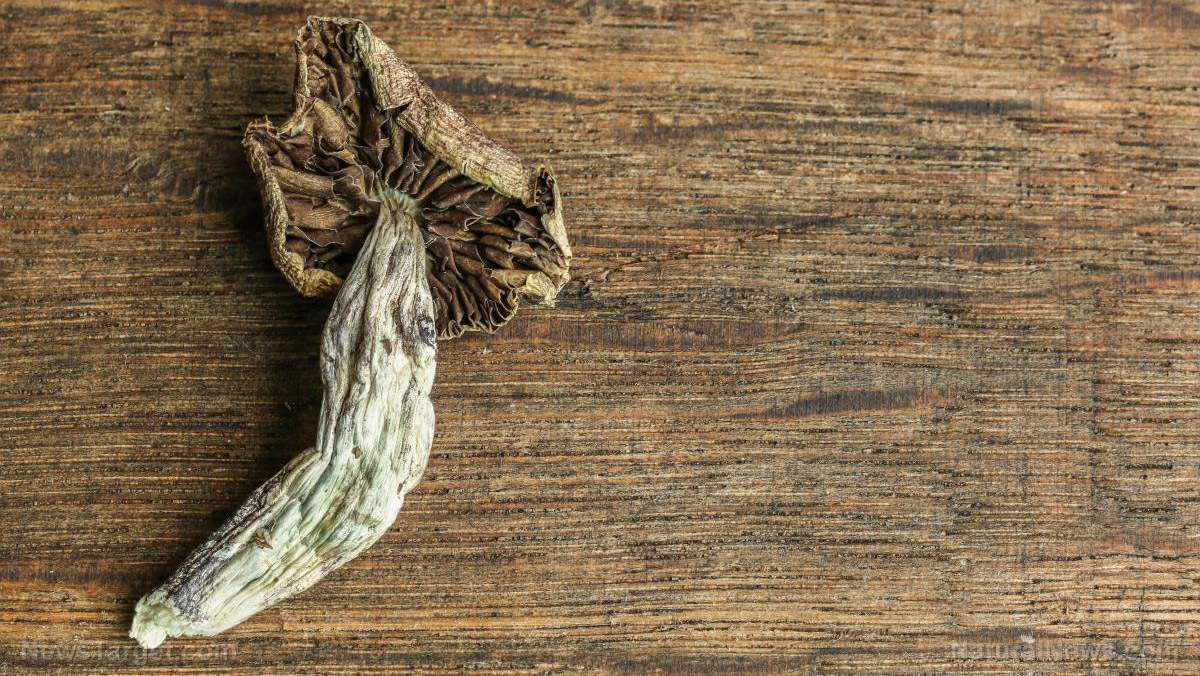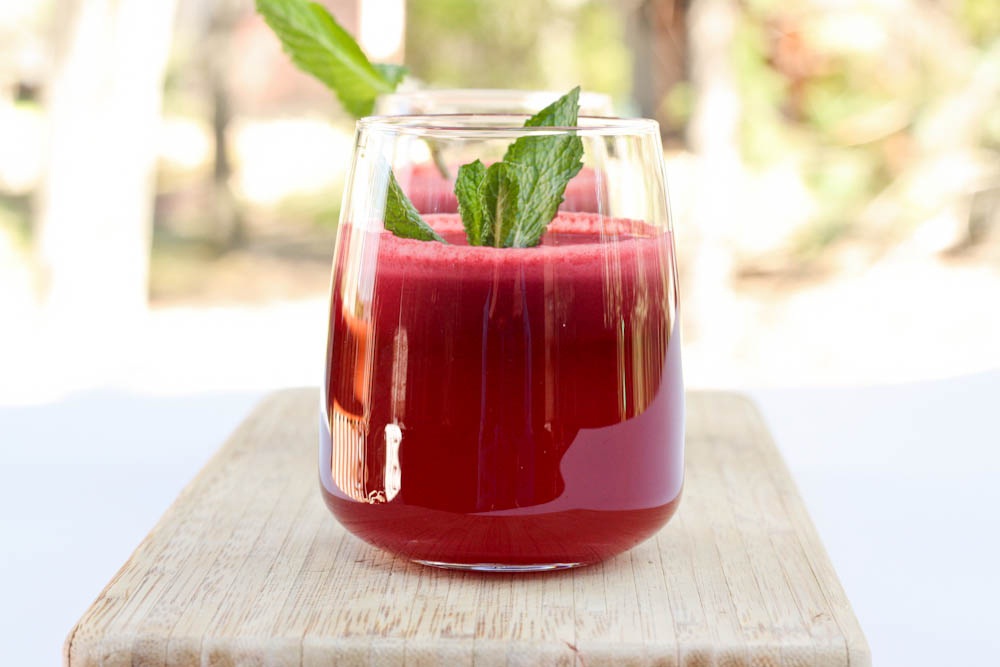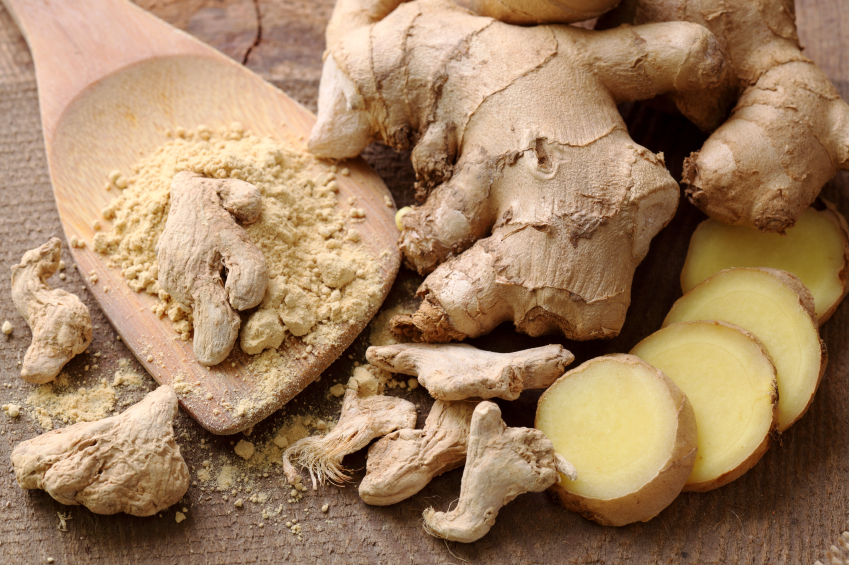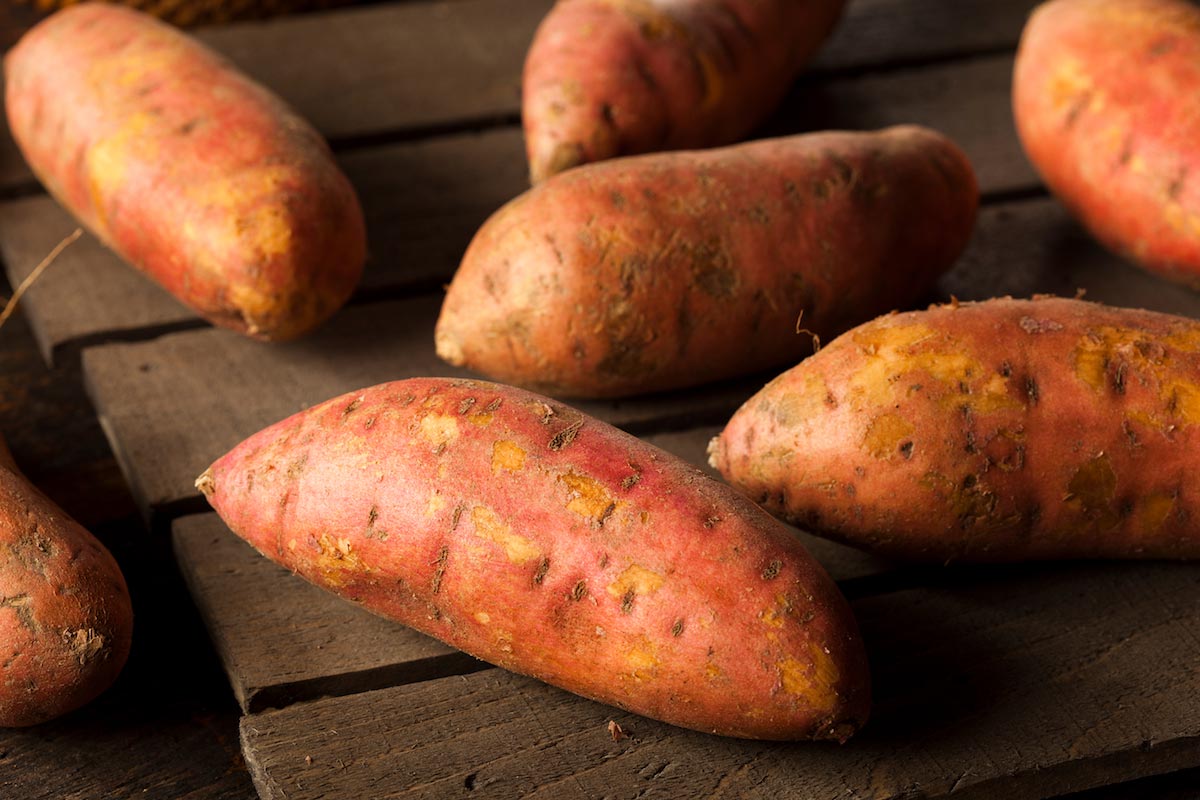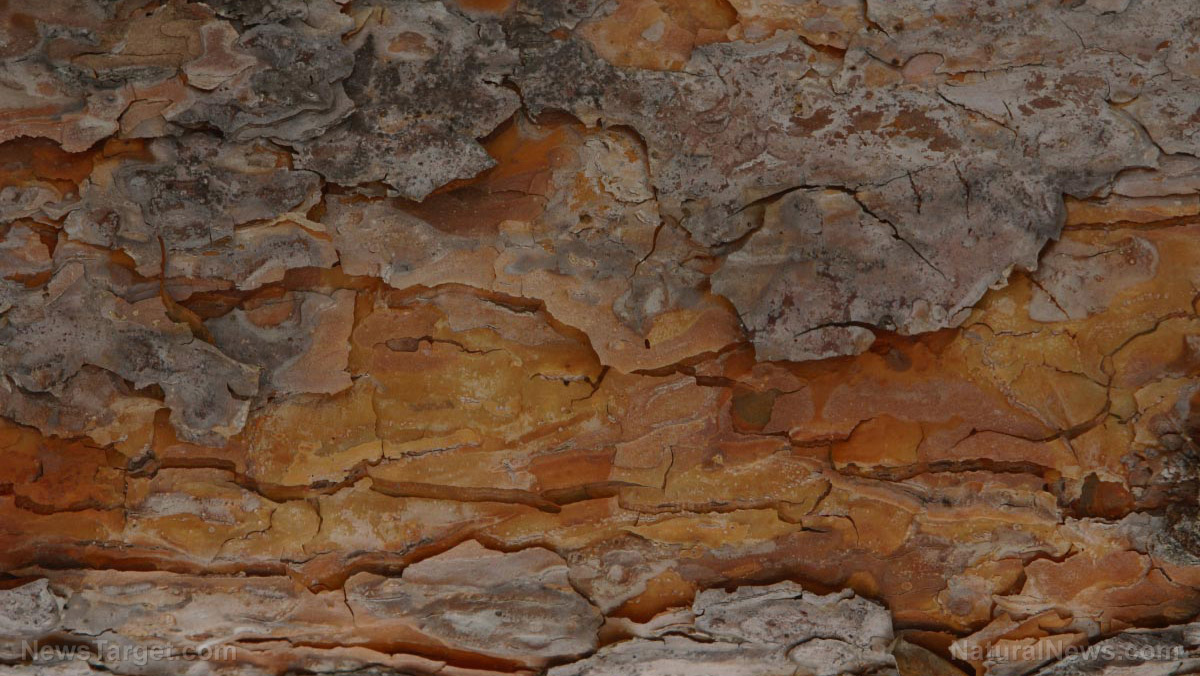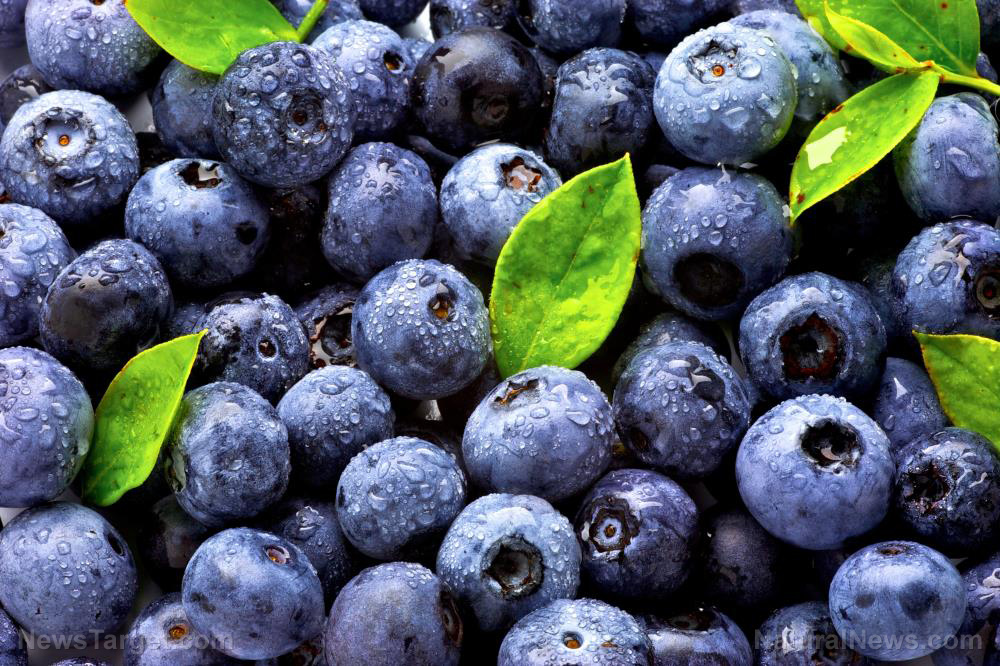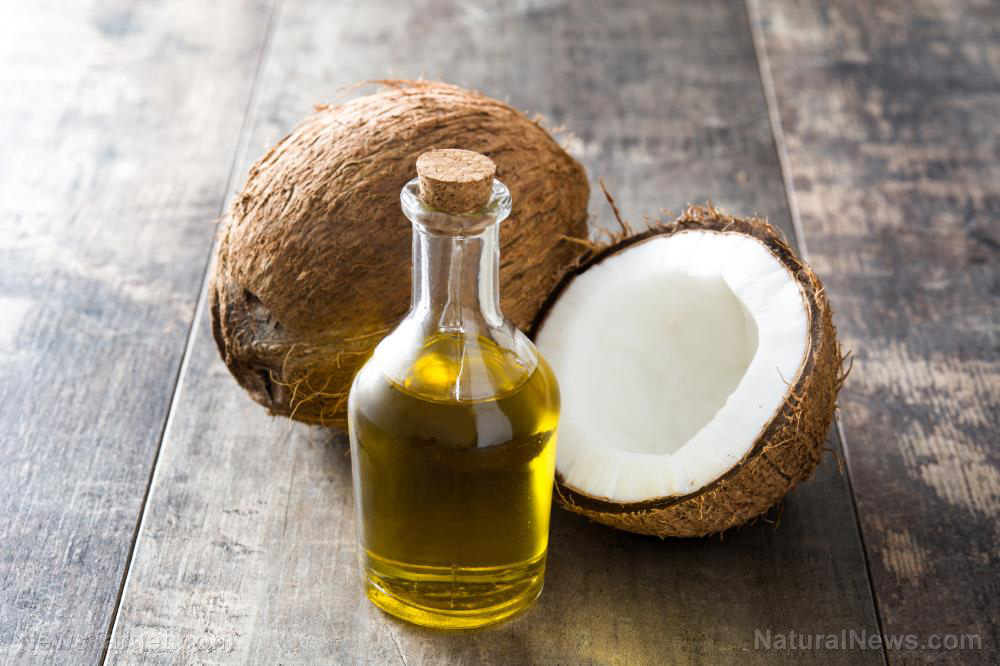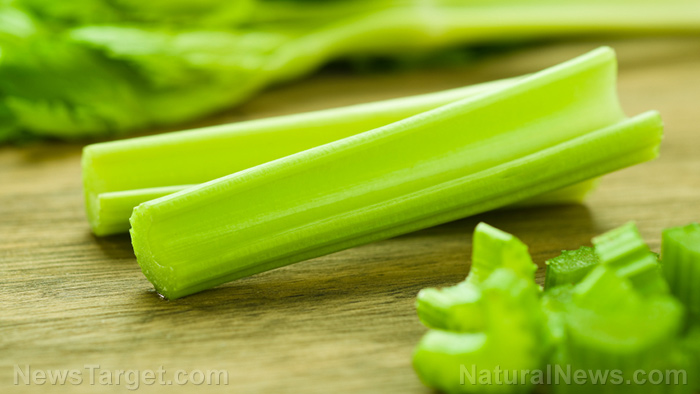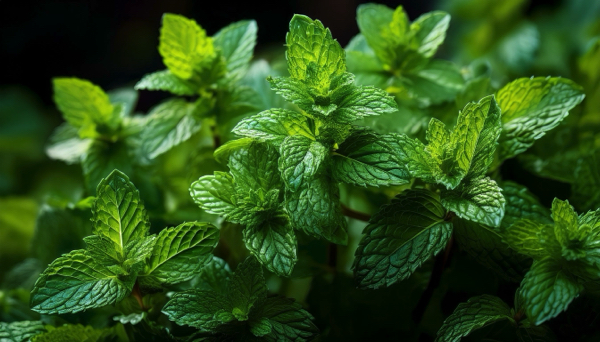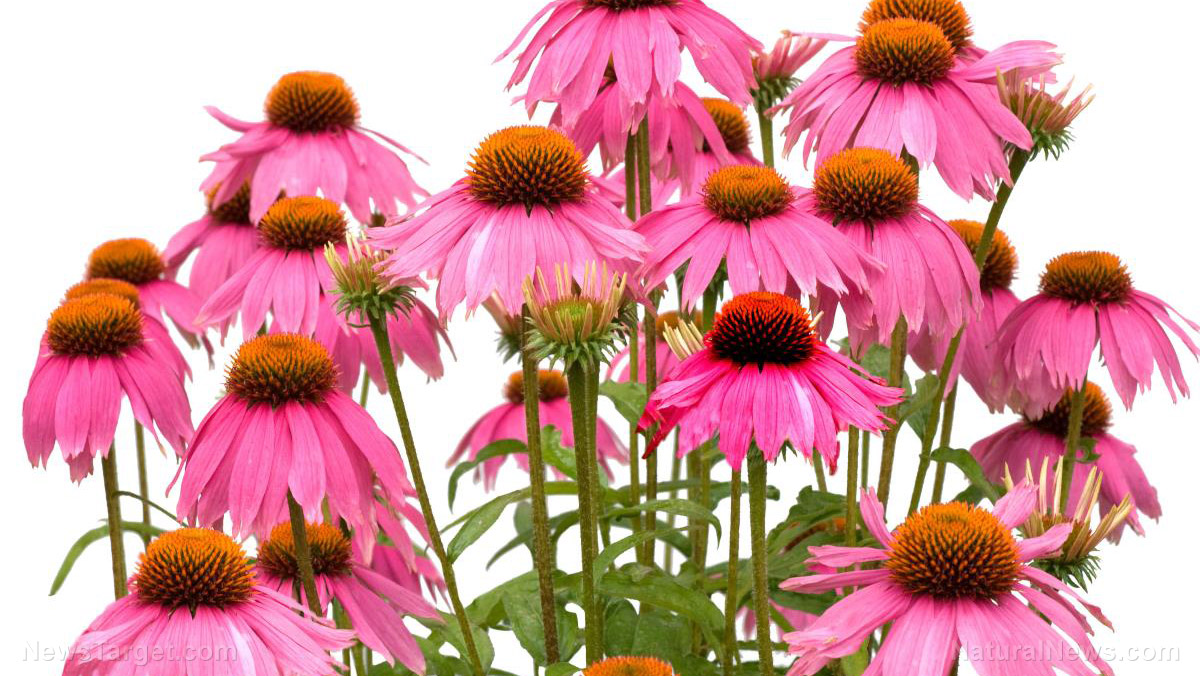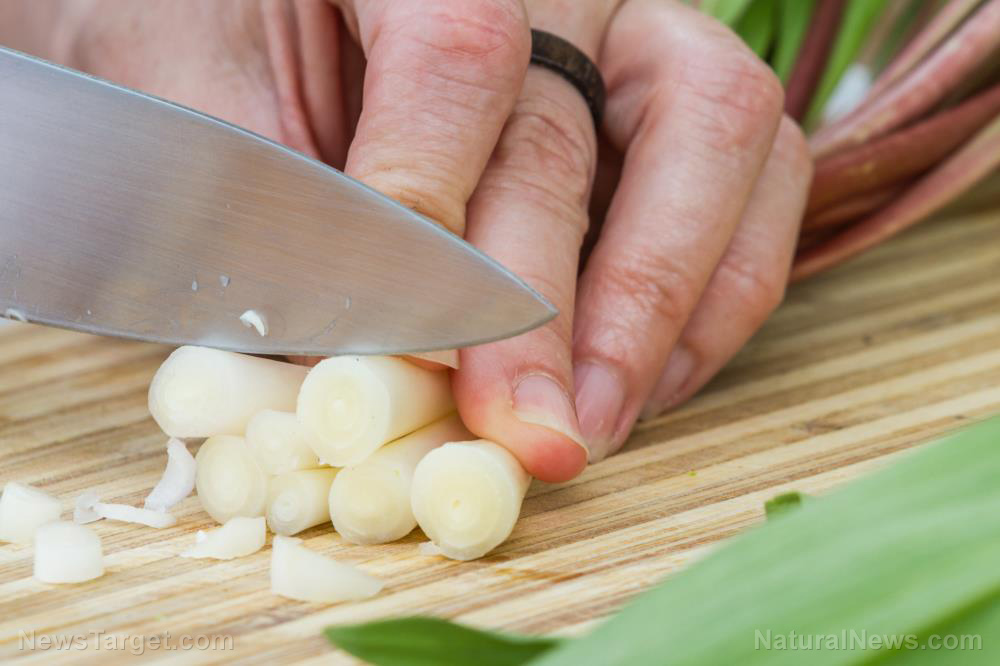This natural salve heals wounds better than petroleum jelly
01/13/2025 / By News Editors
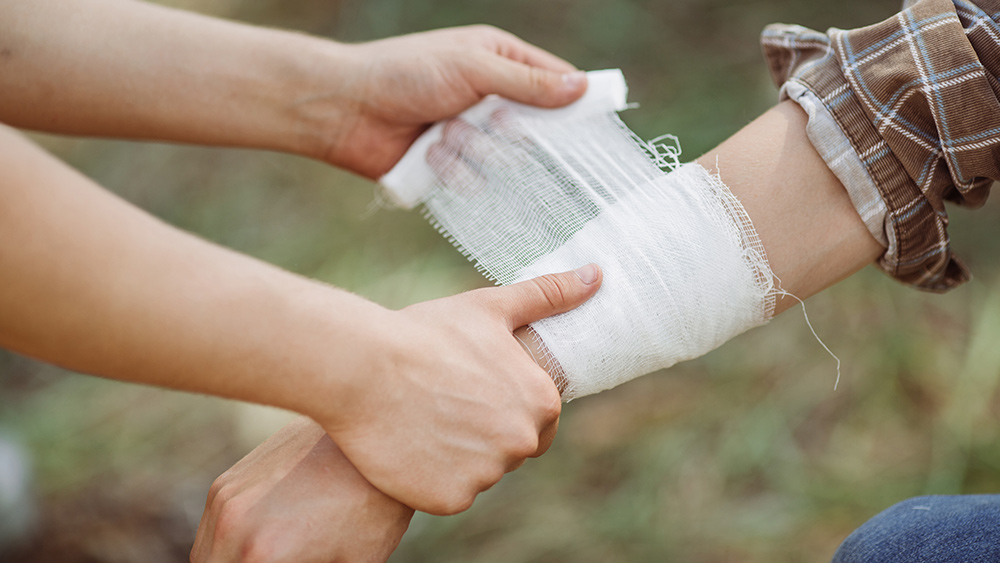
Vaseline petroleum jelly is a byproduct of petroleum refining. When it comes to wound healing, better options exist to speed recovery, prevent infection and result in a less-obvious scar
(Article republished from GreenMedInfo.com)
Chronic wounds harm quality of life for close to 2.5% of U.S. adults.[i] At their worst, wounds can lead to life-threatening infections that could potentially be prevented by proper wound care. Wounds after surgery are another common source of infections, which develop in up to 3 out of every 100 patients after surgery.[ii]
Antibiotic ointments are sometimes prescribed for wound healing, but they’re linked to allergic dermatitis, and the overuse of antibiotic ointments contributes to antibiotic resistance. Petroleum jelly, often sold under the brand name Vaseline, has been found to heal wounds as well as antibiotic first-aid ointments.[iii]
However, the main component, petrolatum, is a byproduct of petroleum refining that can contain cancer-causing polycyclic aromatic hydrocarbons (PAHs) when not properly refined.[iv] A better option would provide superior wound healing and protection against infection without exposure to harmful byproducts. Garlic is one such option that checks all the boxes.
Garlic’s Long History of Wound Healing Support
“The ideal postsurgical wound ointment would be one that hastens wound healing, prevents infection with minimal risk of contact dermatitis, and results in an inconspicuous scar,” researchers wrote in the journal Dermatologic Surgery.[v]
Previous studies found an onion extract-based scar ointment (brand name Mederma), led to improvements in redness, texture and appearance of scars in 77% of subjects who used it. Since garlic and onion are both members of the Allium genus and share multiple properties, the researchers suspected garlic may work similarly well when applied topically.
“Crushed garlic has historically been used on smallpox scars, boils, and other skin wounds to prevent infection and promote healing,” they explained.[vi] When taken orally, garlic may also benefit the skin by boosting cutaneous microcirculation, protecting against ultraviolet B rays and supporting skin cancer treatment.[vii]
When applied topically, garlic extract may also be effective for psoriasis, alopecia areata, keloid scars, wound healing, corns, viral and fungal infections, skin aging and rejuvenation and more, they noted.[viii] When garlic is crushed, alliinase, an enzyme, converts alliin into allicin, which in turn converts into sulfur compounds such as ajoene, which show promise for wound healing:[ix]
“These compounds block the enzymes that are necessary for microorganism metabolism, and they have been shown to inhibit the growth of more than 23 bacterial and fungal organisms. It has been suggested by other researchers that it would be difficult for bacteria to develop resistance to allicin.”
Garlic Ointment Works Better for Wounds Than Vaseline
For the study, 17 patients with two surgical wounds applied a 30% garlic ointment to one wound and Vaseline to the other, twice daily for four weeks. The garlic ointment led to better results, after both two and four weeks of treatment. After two weeks of use, patients reported that the garlic-treated wound healed better in 59% of the wounds, while physicians said the garlic worked better in 65% of the wounds.
After four weeks, the benefits were even more impressive. Patients said the garlic site had superior healing in 76% of the wounds, while physicians found the garlic site healed better in 88% of the wounds.[x]
“Surgical wounds treated with 30% garlic ointment healed with more cosmetically appealing scars than the Vaseline-treated sites,” the researchers explained. “These data indicate that topical garlic ointment may be useful for patients with surgical procedures, especially in aesthetically important areas in which a less exaggerated, more cosmetic scar would be desirable.”[xi]
3 Ways Garlic Is Superior to Vaseline for Wound Healing
A number of specific benefits were noted with garlic treatment, depending on the location of the wounds. For instance:[xii]
- Greater hair regrowth — In skin wounds on the scalp, more hair regrowth was present in the garlic-treated site than the Vaseline site. This may be because allicin has angiogenic properties, meaning it promotes the formation of new blood vessels. “These angiogenic properties may be amplifying the already highly vascular scalp skin, improving healing in that area and more rapid return of hair follicles,” according to the study.[xiii]
- Stronger, more resilient scars around joints — It’s challenging to heal skin around joints due to the tension the area receives. Even around joints, scars were flatter and less red when treated with garlic compared to Vaseline.
In one case of wounds around the elbow joint, the Vaseline-treated wound was “more stretched and thicker,” as well as redder, than the garlic-treated wound. “The garlic site healed faster,” the researchers noted, “likely because of more collagen formation early in the wound healing process, which made the scar stronger and more resilient in resisting continuous movement around the joint.”
- No infections — None of the wounds treated with garlic ointment became infected, likely due to allicin’s natural antibacterial properties. This wasn’t the case with Vaseline. In one example, a patient had two wounds close together on the face. The garlic site did not become infected, but the Vaseline site re-opened, seeped pus and was treated for infection.
Allicin in garlic is also known to increase the proliferation of fibroblasts, cells that play an important role in the formation of connective tissue and wound healing.
Hundreds of Reasons to Enjoy Garlic
Garlic has hundreds of medicinal uses beyond wound healing, especially when consumed orally, including anti-inflammatory, anticancer and antioxidant properties. In our garlic research database, you can read about 322 diseases that garlic may benefit, from heart disease and obesity to Type 2 diabetes and H. pylori infection.
Meanwhile, wound-healing agents are abundant in nature. Our wound healing research database has 216 natural substances to heal wounds, so if garlic ointment isn’t an option for you, know that many others — such as aloe vera, honey and turmeric — are out there.
Read more at: GreenMedInfo.com
Submit a correction >>
Tagged Under:
allicin, alternative medicine, cosmetics, garlic, garlic ointment, health science, herbal medicine, herbs, natural antibiotics, natural cures, natural health, natural medicine, phytonutrients, Vaseline, Wound Healing, Xpost
This article may contain statements that reflect the opinion of the author
RECENT NEWS & ARTICLES
consumerwellness.info is a fact-based public education website published by consumerwellness.info
All content copyright © 2023 by consumerwellness.info
Contact Us with Tips or Corrections
All trademarks, registered trademarks and servicemarks mentioned on this site are the property of their respective owners.



